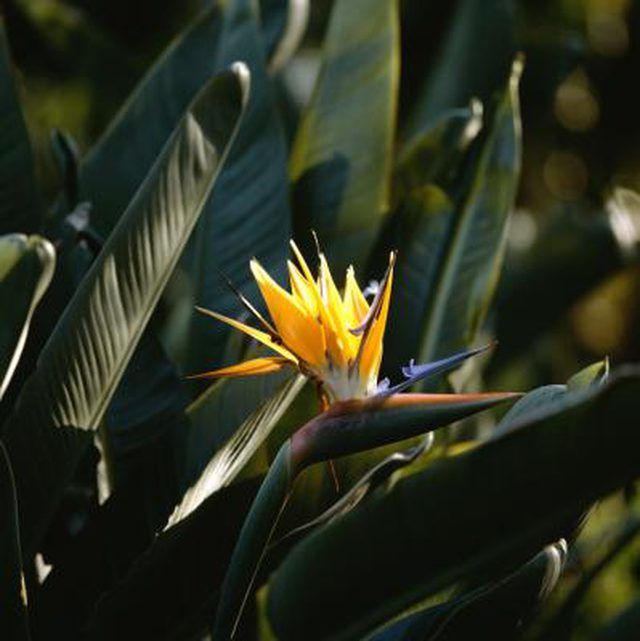Bulbs
Flower Basics
Flower Beds & Specialty Gardens
Flower Garden
Garden Furniture
Garden Gnomes
Garden Seeds
Garden Sheds
Garden Statues
Garden Tools & Supplies
Gardening Basics
Green & Organic
Groundcovers & Vines
Growing Annuals
Growing Basil
Growing Beans
Growing Berries
Growing Blueberries
Growing Cactus
Growing Corn
Growing Cotton
Growing Edibles
Growing Flowers
Growing Garlic
Growing Grapes
Growing Grass
Growing Herbs
Growing Jasmine
Growing Mint
Growing Mushrooms
Orchids
Growing Peanuts
Growing Perennials
Growing Plants
Growing Rosemary
Growing Roses
Growing Strawberries
Growing Sunflowers
Growing Thyme
Growing Tomatoes
Growing Tulips
Growing Vegetables
Herb Basics
Herb Garden
Indoor Growing
Landscaping Basics
Landscaping Patios
Landscaping Plants
Landscaping Shrubs
Landscaping Trees
Landscaping Walks & Pathways
Lawn Basics
Lawn Maintenance
Lawn Mowers
Lawn Ornaments
Lawn Planting
Lawn Tools
Outdoor Growing
Overall Landscape Planning
Pests, Weeds & Problems
Plant Basics
Rock Garden
Rose Garden
Shrubs
Soil
Specialty Gardens
Trees
Vegetable Garden
Yard Maintenance
How to Trim Dead Leaves on a Bird of Paradise
How to Trim Dead Leaves on a Bird of Paradise. One of the world's most recognizable flowers, the bird-of-paradise (Strelitzia reginae) hails from subtropical South Africa. This evergreen perennial grows as an upright clump of stiff, succulent leaves. Each leaf looks like a paddle with a long stem that originates from a fanlike base. Excessive...

One of the world's most recognizable flowers, the bird-of-paradise (Strelitzia reginae) hails from subtropical South Africa. This evergreen perennial grows as an upright clump of stiff, succulent leaves. Each leaf looks like a paddle with a long stem that originates from a fanlike base. Excessive drought, infertile soil, winter cold or old age leads to leaves dying. The leaves shrivel up but persist. Pruning out dead foliage improves the overall appearance of the bird-of-paradise.
Things You'll Need
Bypass or hand pruners
Grasp the top of the dried, tan dead leaf with one hand and trace it down the stem to its point of origin at the base of the plant. Gently tug at the base of the dead leaf to determine how tightly it attaches to the plant. Sometimes a dead leaf may be jostled loose without pruning.
Cut the dead leaf off with a bypass/hand pruners. Insert the pruners blades around the stem as low as possible, just above its attachment to the plant base.
Discard the dead leaf into the compost pile or rubbish bin. Prune out up any dead leaf or old flower debris from the center of the bird-or-paradise. This decreases chances of any fungal diseases proliferating. Old, tan-colored leaf bases may jostle loose after they have dried over several months. Do not vigorously tug any part of the plant to remove plant parts, however. You may snap or twist off healthy leaves or flower stems in the process.
Tips & Warnings
Retain any leaves with more than 50 percent living green tissues, even though they may not look perfect. Bird-of-paradise is slow growing, so any green leaves that photosynthesize light increases the growth rate, hastening the production of new foliage in spring and summer. If the leaf blade is dead but the stem is still green, you may remove the entire leaf.
If you cut into any stem bases that are still green, lots of slimy sap drips out. Wear gloves or have a rag handy to wipe off the handles of the bypass pruners to maintain a firm, safe grip.
If winter frost or freezes damage leaves, do not prune them off until spring, after the danger of frost passes in your area. Pruning too early, when subfreezing temperatures may still occur, exposes more living leaves and stem bases to the brunt of cold. Dead leaves help buffer the bird-of-paradise from further cold.